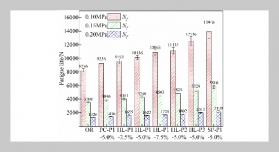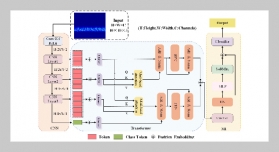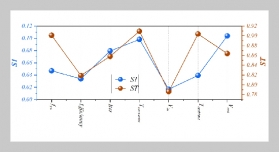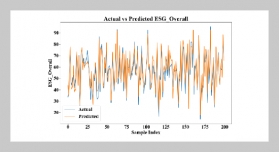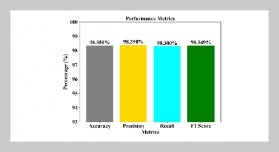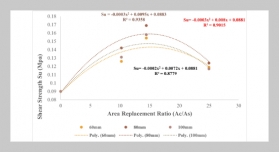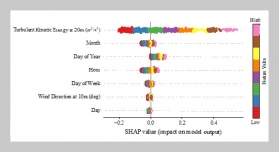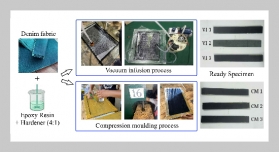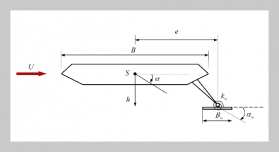J. K. Jan1 , J. C. Lee2 , C. H. Lin3 , Chin-Chen Chang4 1Department of Applied Mathematics National Chung Hsing University Taichung, Taiwan, R.O.C.
2Institute of Information Science National Chung Hsing University Taichung, Taiwan, R.O.C.
3Department of Information Science Tunghai University Taichung, Taiwan, R.O.C.
4Department of Computer Science and Information Engineering National Chung Cheng University Chaiyi, Taiwan, R.O.C.
Received:
June 8, 2000
Accepted:
June 29, 2000
Publication Date:
December 1, 2000
Download Citation:
||https://doi.org/10.6180/jase.2000.3.4.01
Jan proposed a mechanism that fulfils the requirement of a single key-lock (SKL for short) information protection system. Using Jan’s SKL method, each user is given a key, each file a sequence number, and an operating on the key of a user with the sequence number of a file yields the user’s corresponding access privilege on the file. In Jan’s literature, a formula to compute each user’s key for a given set of assigned sequence numbers and a set of corresponding access privileges is also provided. However, different assignments of sequence numbers to the secured files will yield different keys. In this paper, an efficient way to assign a set of sequence numbers to the set of files such that the maximal key value is minimized is presented.ABSTRACT
Keywords:
file protection, access control, single-key scheme, access control matrix
REFERENCES



